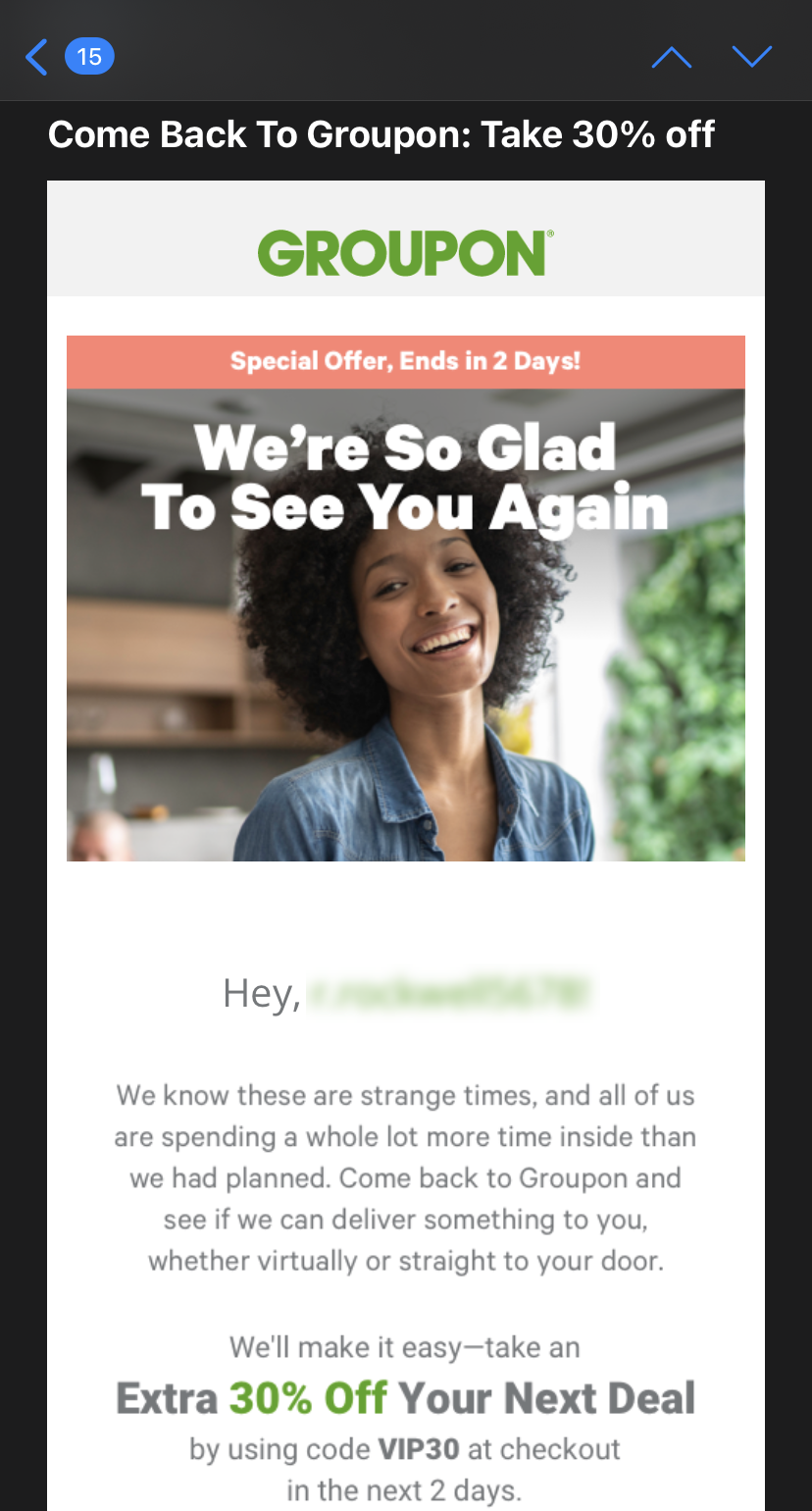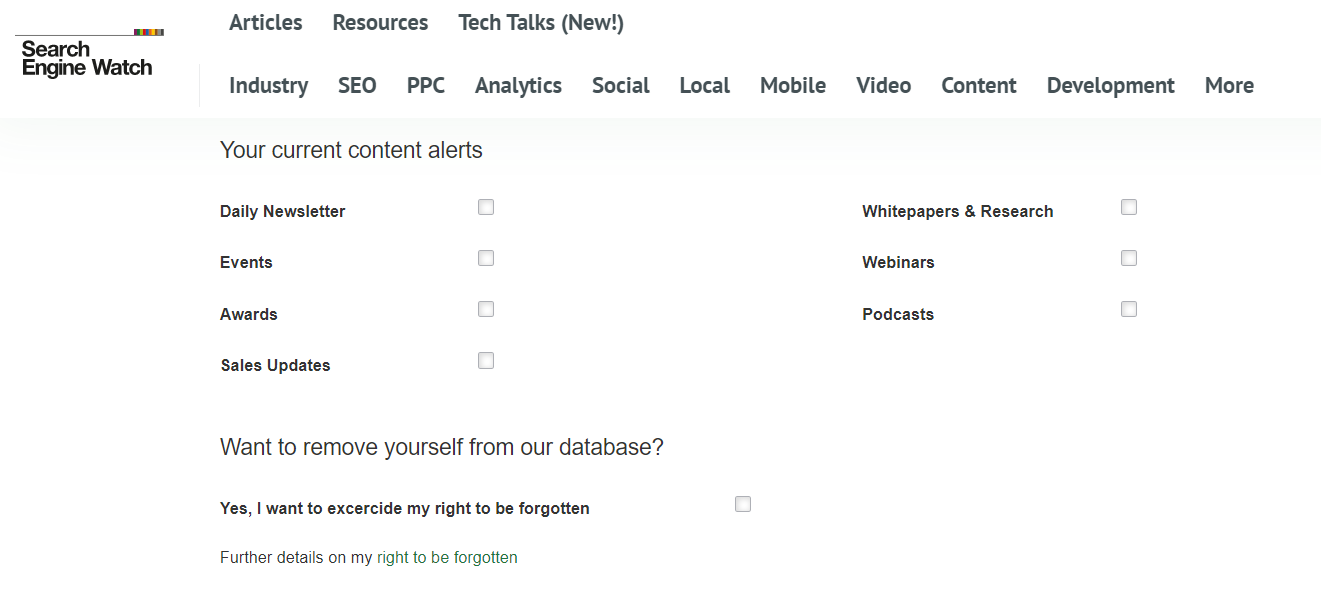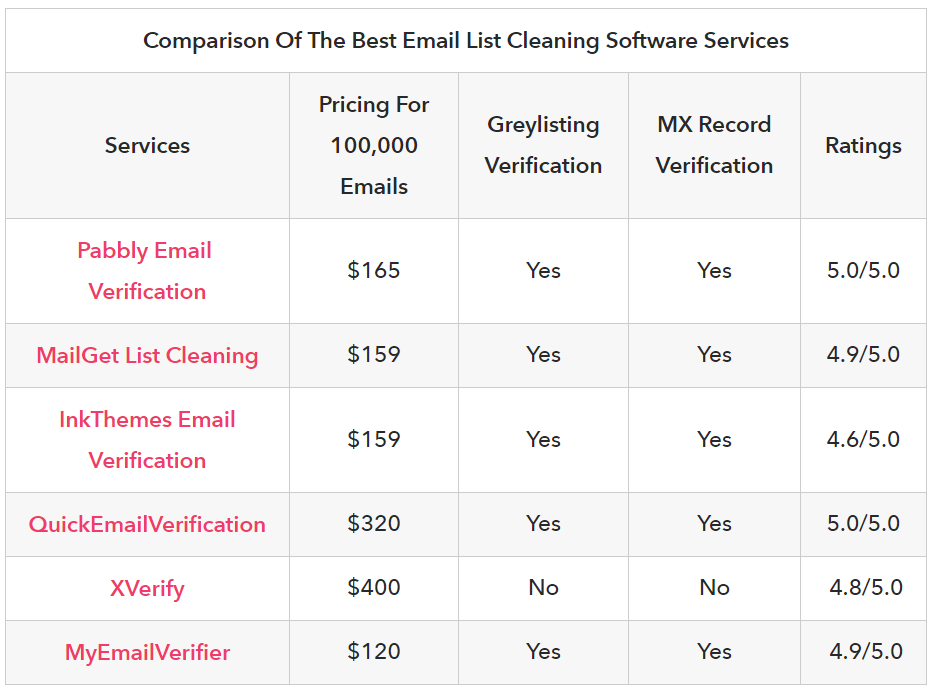The field of marketing has evolved vastly over the past decade, due primarily to the new emphasis on digital marketing as well as the introduction of social media marketing. Despite this evolution, email marketing remains one of the most effective routes available to businesses, and, according to a study done by Mckinsey & Company, is up to 40 times more effective than social media marketing.
Effective email marketing is key in engaging leads and promoting higher conversion rates. However, it can easily become unproductive if your email lists are not up to par. Uninterested, unengaged email users can bring down your conversion rates, compromise your sender reputation, or cause you to end up in the last place you’d want any of your emails to go: the dreaded spam folder.
To prevent any of these misfortunes from occurring, it is important to maintain hygienic email lists by cleaning them regularly. Cleaning your email lists, also known as email scrubbing, should be done to ensure that:
- You’re only engaging with leads who are interested in your services, and will thus add to your conversion rates
- Your marketing efforts are not being wasted on uninterested users
- Your emails don’t end up in anyone’s spam folder
Email scrubbing can be accomplished easily through simple manual practices, or can be further simplified by automating the process or using scrubbing tools. Regardless of the method you choose to use, the key takeaway is that your email lists should be cleaned at least a couple of times per year.
Knowing When to Scrub Email Lists
Generally, up to one third of the contacts on your list will be obsolete within a year. The warning signs of a less than effective email list are pretty straightforward. They include:
High amounts of un-subscribers
When you notice that a lot of users are looking to opt-out of your email lists, it either means that your content is not engaging enough, or that there are a lot of users on your current list that are simply not interested in the services you have to offer. You can rule out the first possibility if there is a good amount of engagement from long-time or highly interested subscribers.
Too many spam reports
If users unsubscribe from your email list and are not removed in a timely manner, they will often resort to marking your emails as spam to avoid receiving them. Spam reports affect your sender reputation, which could in turn keep you from reaching leads that are actually interested in your services. “When recipients report your emails, ISPs (Internet Service Providers) lose confidence that your emails are of any value,” according to SendInBlue, “which means that they may block or filter your emails out for other recipients’ inboxes as well.” An unusually high amount of spam reports is a clear indicator that your email list has some uninterested users caught up in it.
Reduced open and click-through rates
Some of the earliest signs of an outdated email list are reduced open and click-through rates on your email blasts. This is usually a clear indication that an unsubscribe or spam report is looming. If the users in your list are not interested in your content, they are likely pulling your metrics down and should be removed, or at least followed up with, sooner than later.
Benefits of Email Scrubbing
First and foremost, email scrubbing will likely improve any issues you’re having with your blasts such as unsubscribers, spam reports, bounced emails, and other things that could negatively impact your sender reputation.
In addition to keeping your email account in the good graces of internet service providers, email scrubbing can also significantly improve your engagement metrics. It is substantially different to send out 4,000 emails with an average engagement rate of 25%, than it is to reach out to only the 3,000 of those users who are actually interested in your services and getting an increased rate of 33.33% engagement.
Furthermore, email scrubbing ensures that your resources are being used to their fullest potential. Most email automation services will charge clients for the amount of subscribers they have or the amount of emails they send. Either way, sending emails to users who are not engaging with your content is not only unproductive, it’s also costing you money!
By removing those email accounts from circulation, you will automatically increase the ROI on your email marketing efforts.
How to Scrub Email Lists
Now that you understand when and why you should scrub your email lists, let’s discuss how exactly to go about it. Below are some best practices to consider when cleaning out your email lists.
- Remove Unsubscribers
This one seems self-explanatory, but its simplicity is exactly what might cause you to overlook its importance. Not removing users who have explicitly requested to opt out of your email blasts puts you at high risk of being marked as spam and ending up in the junk folder of users that actually do want to receive your emails. Make sure to remove unsubscribers every few days to maintain a hygienic email list.
- Run a Re-engagement Campaign
Before going through and deleting every email address that has low or reduced engagement rates, try running a re-engagement campaign. Show those subscribers that you value their business by sending them an email letting them know that their engagement is missed or offering them access to exclusive content. You can even try to incentivize them with a special gift or promo code.


- Allow Users to Control Preferences
In addition to attempting to re-engage your users, you can also send out an email blast in which users can adjust the content they receive based on their preferences. Perhaps certain users only want to receive important updates or promotions, and would thus be less interested, maybe even put off, by the more general content you send out. Allowing users to choose what they receive ensures that they are not receiving any unwanted content, making them less likely to unsubscribe.




- Make it Easy to Unsubscribe
This may seem counterintuitive, but it is essential. All marketing emails are required to include a clear opt-out option. By making sure that yours is clear and easy to find, you allow uninterested users to leave at their leisure, which reduces the likelihood that your emails will be reported as spam. “The worst thing you can do is hide your unsubscribe link or make the opt-out process unnecessarily time-consuming or confusing,” says SendInBlue. “If recipients feel like they can’t leave, they’ll just mark your emails as spam, which counts as a big strike against your sender reputation.”
- Remove Spam or Duplicate Email Addresses
Frequently checking your email lists for potential spam addresses will save you a lot of bounced emails. Email addresses that are made up of random characters, or those that claim an unfamiliar @ domain are usually good places to start your search.
On the other hand, duplicate email addresses may occur when users have opted in from more than one email address and will likely lead to poor open and click-through rates on their less used accounts. Removing email addresses registered to the same person will help improve your metrics and save you the cost of double messaging someone.
- Spell Check Lists
Oftentimes bounced emails are a result of a spelling error in the email address. Correcting the more obvious mistakes is an easy way to improve the hygiene of your email list. Changing @gmial.com to @gmail.com or @outlook.con to @outlook.com are simple enough to do.
- Use a Scrubbing Tool
Perhaps one of the most effective ways of cleaning out email lists is to use an automated scrubbing tool. These tools help by automatically removing duplicate, spam, or bounced email addresses. They can also verify domain names and remove any emails on your list that belong to inactive or defunct domains. Below is a list comparing some of the most highly rated scrubbing tools:


- Automate your Marketing
Automating your email marketing will help you keep track of your open and click-through rates, and identify the potential reasons for a decline. Features like segmented email lists, automated follow ups, and consistent communication will also help in identifying inactive or uninterested users. Additionally, it will help identify spam or duplicate accounts, prevent you from sending to them, and help you track the reasons for bounced emails.


Conclusion
Though it can be a somewhat tedious task, email scrubbing is crucial. Not only will it keep you from being labeled as an untrusted sender, it will also significantly improve your open and click-through rates as well as your ROI. Email scrubbing can also be facilitated by a scrubbing tool or through automating your email campaigns. No matter how you choose to clean your email lists, make sure it’s being done regularly!
SEE FOR YOURSELF
Watch an overview to learn how B2B marketing automation by Mirabel Technologies can help you increase traffic, optimize your funnel, drive more leads, improve conversions, and boost ROI — at a price you can afford!

